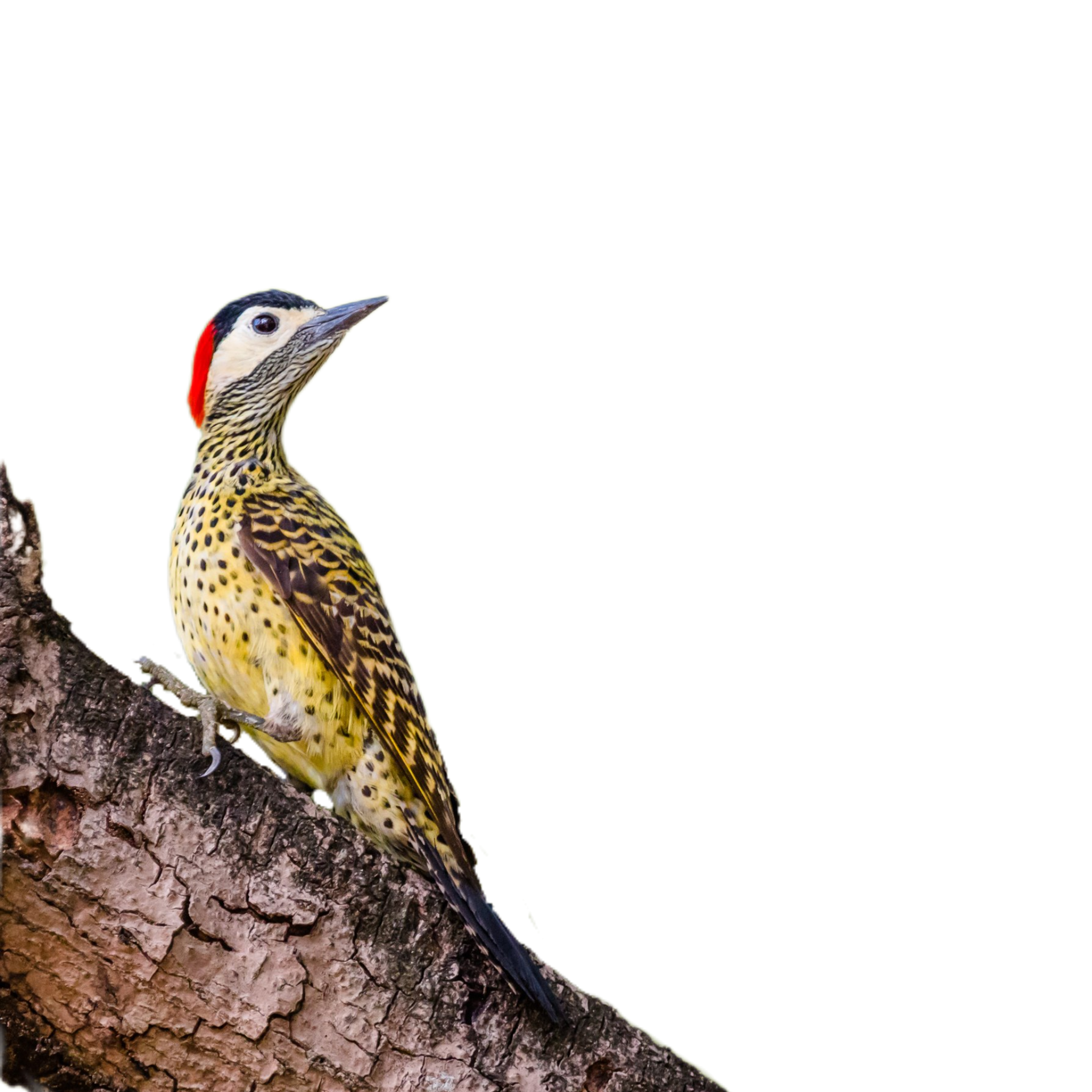Scene 1
VI - Bestiário
Regeneration Scenarios for the Atlantic Forest of the Bixiga River
Text by Maitê Bueno, red by Vick Nefertiti
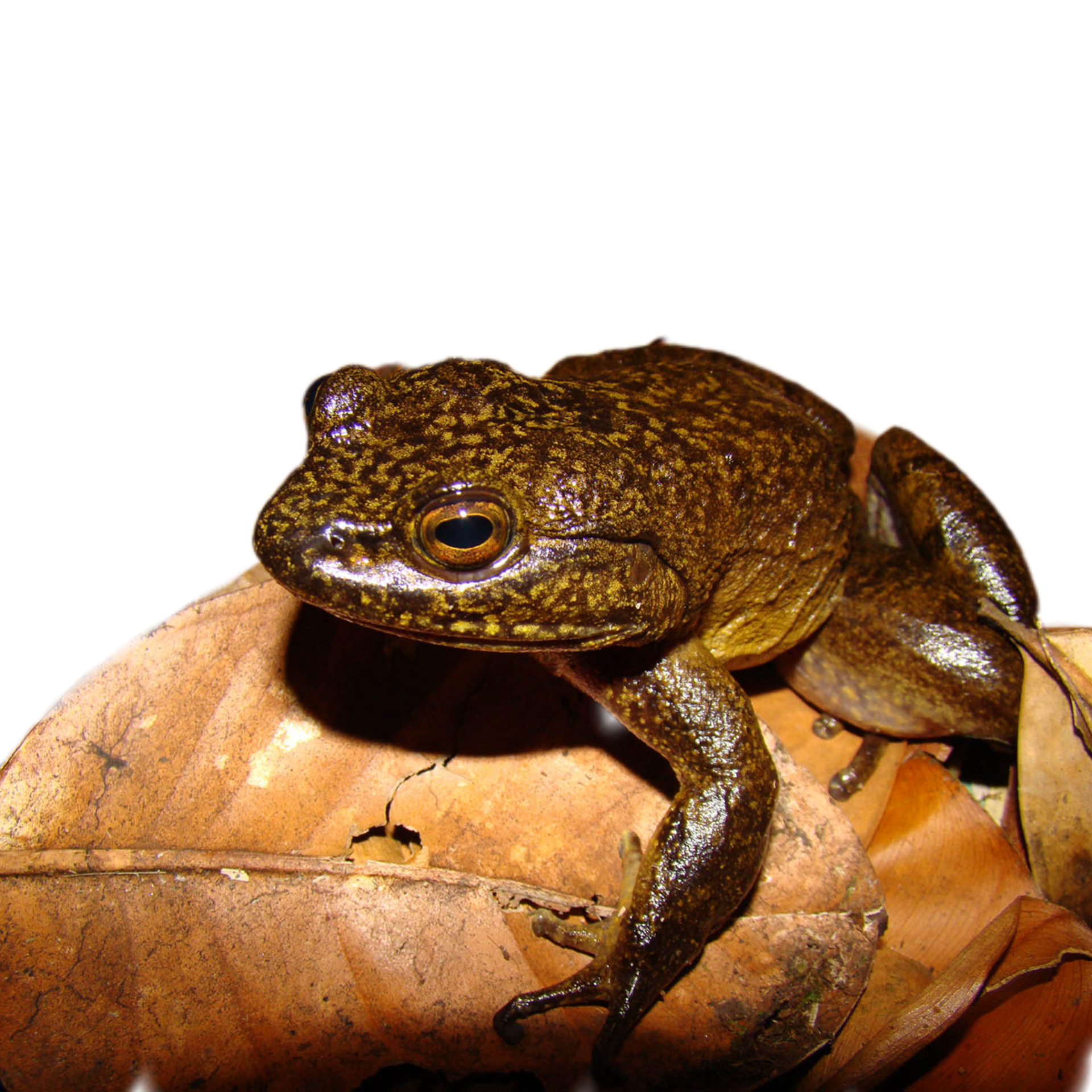
Backhoe, bobcat, bucket, crusher. Dust, stone, rubble and noise will excavate and demolish the walls that have confined the waters of the Bixiga River for almost a hundred years to four meters below the surface.
More careful hands and tools will excavate, attentive to the presence of centuries-old archaeology under this ground of native peoples, quilombolas, northeasterners, artists and so many other confluent cultures.
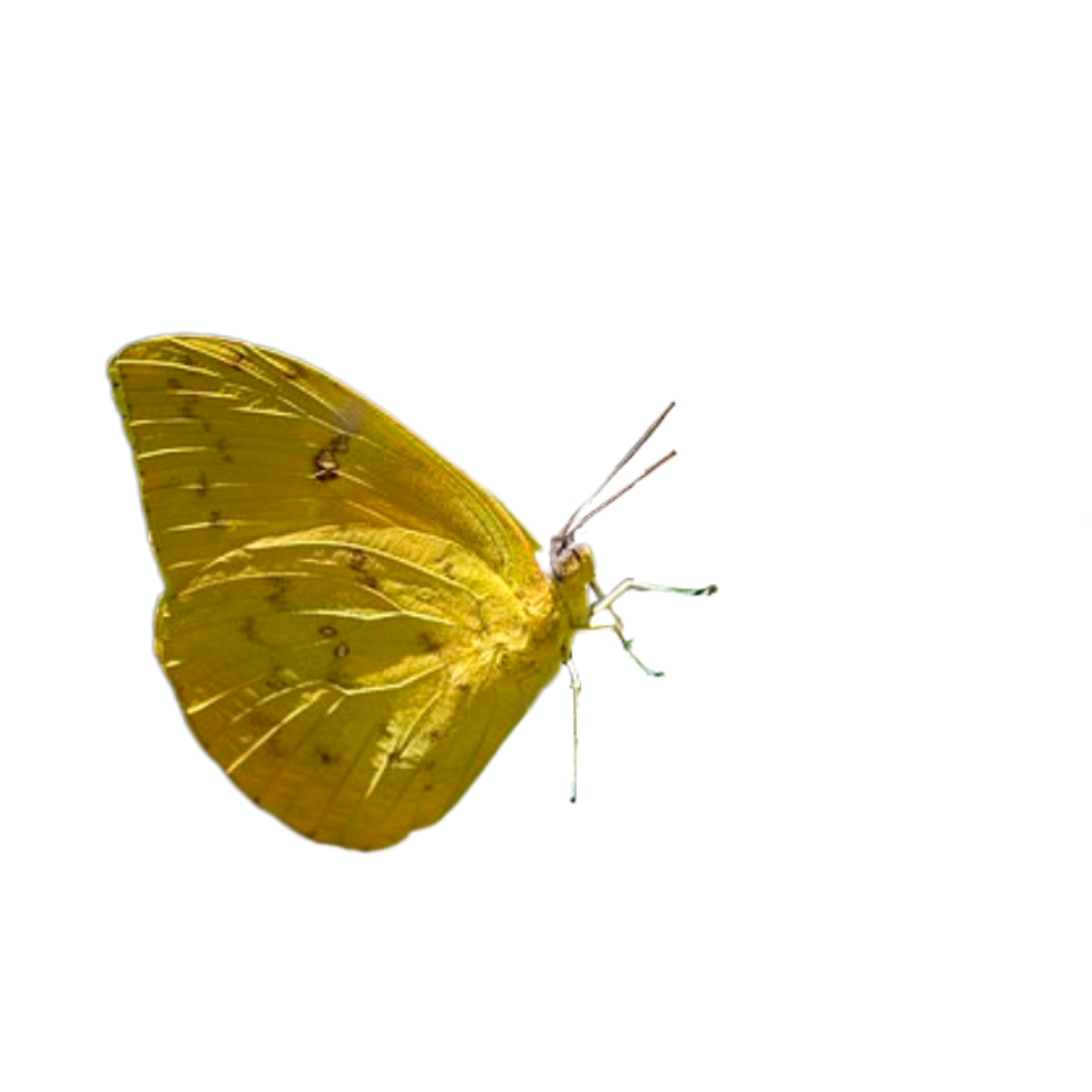
Master builders, peons, poets, engineers, architects, artists, urban planners, playwrights, gardeners, tiramois, biologists, babalorixás, ecologists, journalists, gardeners, filmmakers and residents. With black earth, they will weave and regenerate the nature of the Bixiga floodplain with wetlands built next to the riverbed. Small transitional marshes will form between the water and the land, allowing the water to be filtered and oxygenated so that it can be inhabited, contemplated and experienced.
Biovalets, paths dug into the ground, lined with native plants, will protect the soil from erosion, carrying the strong waters that flow over the surface to the riverbed. Rain gardens dug into the ground, also lined with native plants, will accommodate runoff, filter pollutants and return rainwater to the underground.
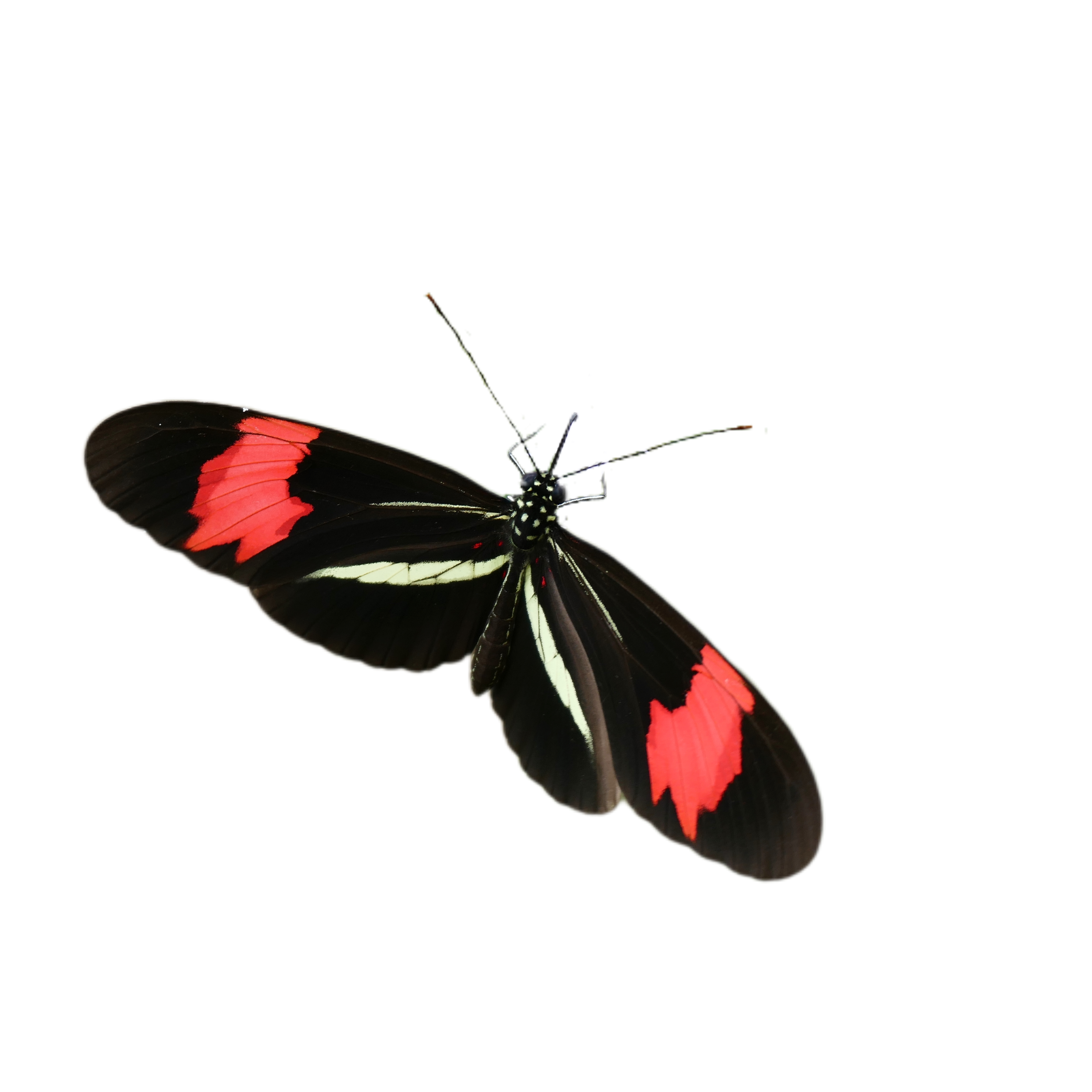
The first floor of native plants will be made up of a list of herbs popularly known as biri, stone lily, Brazilian papyrus, marigold, parrot heliconia, carqueja, juncus, kissing plant, cattail, Indian cane, arnica. Shrubs such as alamanda, mata-pasto, fedegoso. And small trees such as annatto and pitangueira. These plants will make the soil breathe with their roots and allow water to penetrate more easily underground to the water table, and keep the soil firm against erosion, preventing sedimentation at the bottom of the river.
The first bloom! Yellow butterflies, boá, arapuá and irapuá bees will collect pollen and nectar from flower to flower, pollinating the block. The rhizosphere will be an ideal habitat for symbiosis between plants and tiny living beings: mycorrhizal fungi and bacteria. These microorganisms will improve the quality of life of the plants and with them will feed on the dirt that the rain has carried away.
The natural infrastructure will then protect the soil and people from storms, hydrate the landscape and always provide good water for Bixiga. Together, plants, fungi and bacteria will form an underground water filter network, alive and vibrant, fed by sunlight. And the flooded plains of the Bixiga River will once again become ecological feeding and breeding niches for fish, reptiles, insects, amphibians, birds and small mammals!
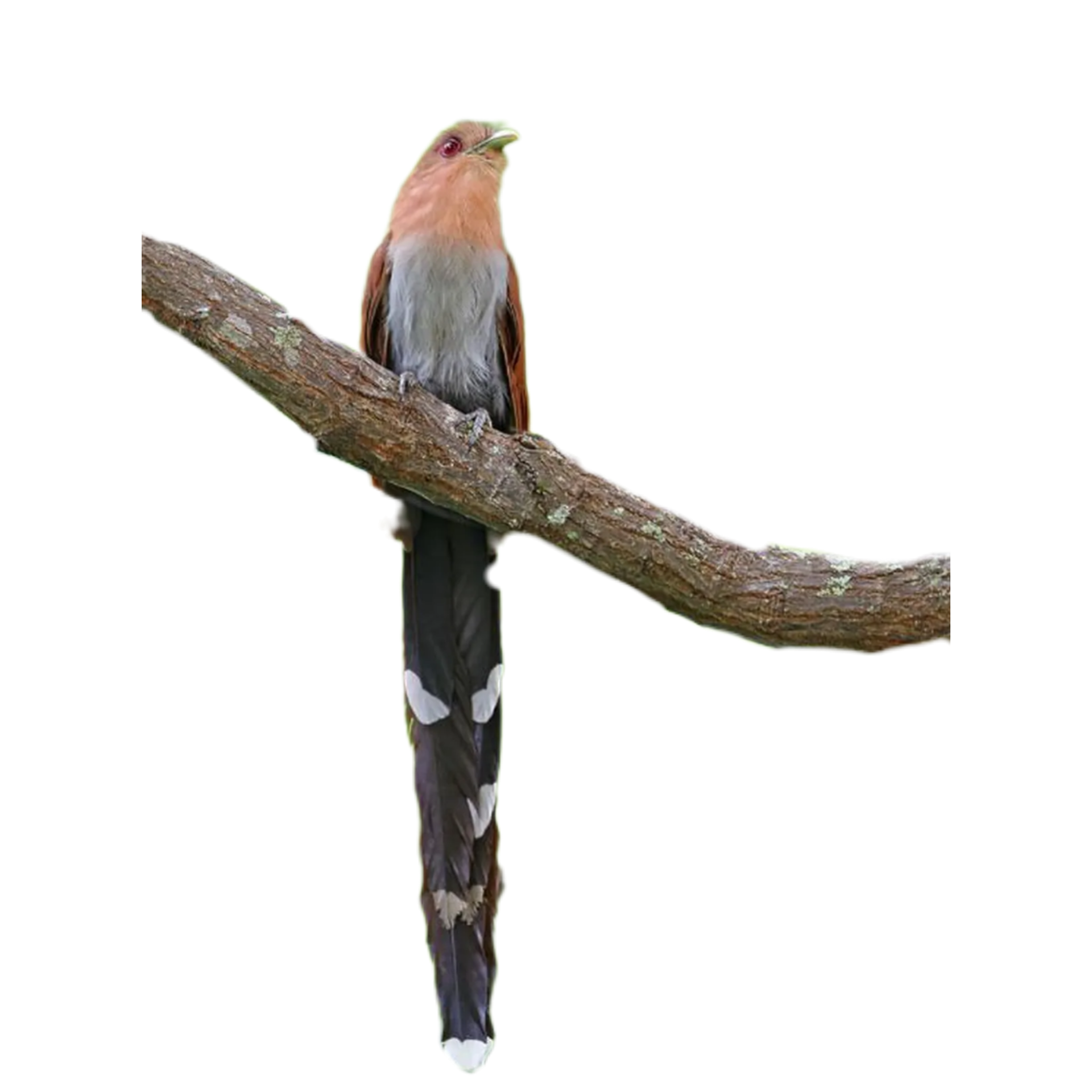
In the beginning, this living system will rely heavily on human alliance to strengthen itself. If we follow the roadmap, after four or five years the care will decrease, and the fewer the interventions, the greater our contribution to this organic balance. Time will tell! The pioneer trees will grow and provide shade and dry leaves for the soil, food for birds and insects, and moisture for the surrounding atmosphere.
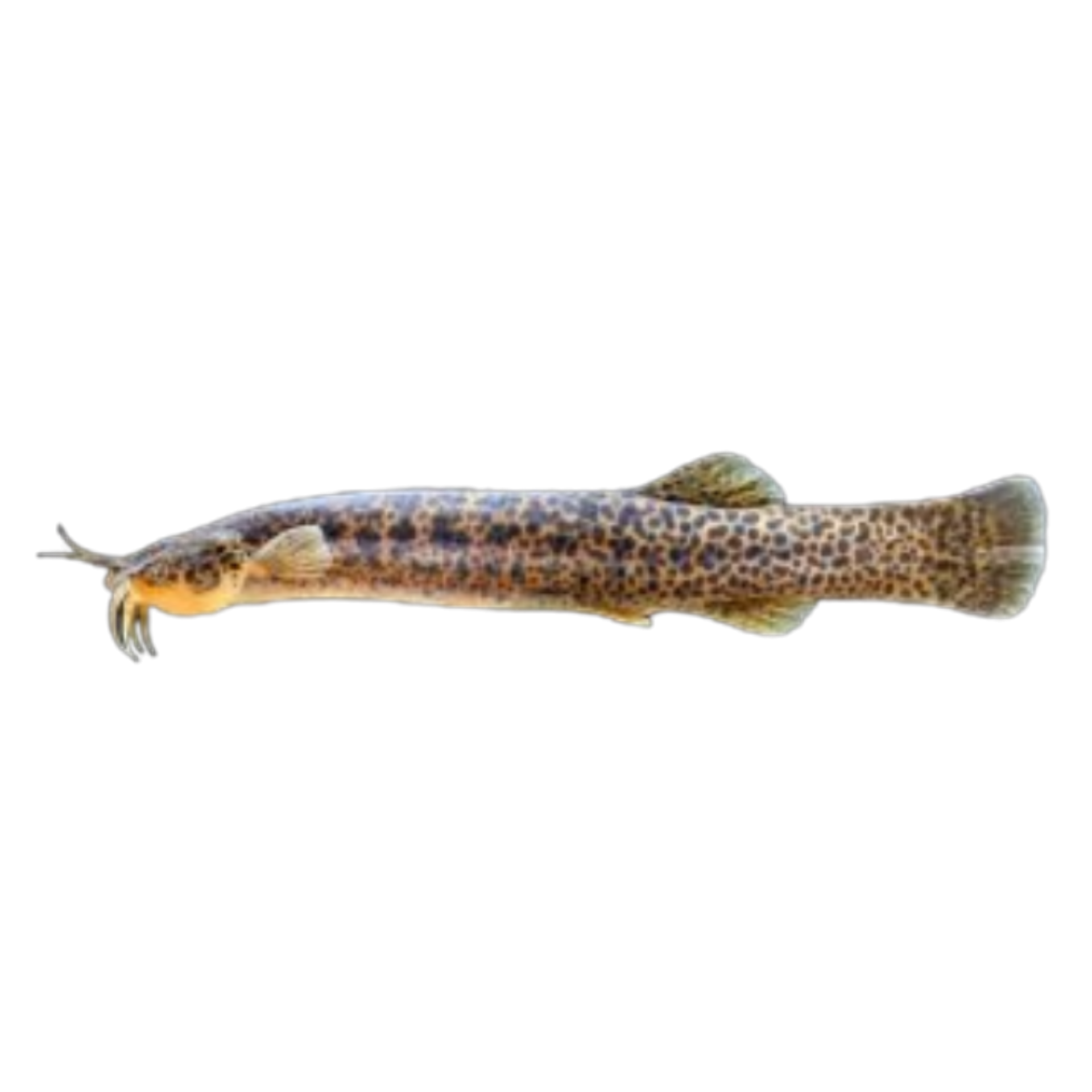
Embaúba, tapiá, angico-branco, guamirim-da-fleha-fina, araçá, ipê-branco-do-brejo, sucupira-preta, sangra-d'água, embiruçu and mulungu. Suiriri, bem-te-vi, homing pigeon, little house swallow, corruíra, hawk-carijó, quiri-quiri, asa-branca, avoante, scissor hummingbird, owl. The first stage in the regeneration of the Atlantic Forest's secondary vegetation will arrive. At this stage, the forest will have a herbaceous-shrubby physiognomy. The trees will be small, four to six meters high. There will be open spaces between the treetops and the sun's light and heat will shine through. The trunks will not be very woody and you will hardly notice any epiphytic plants, such as bryophytes and lichens and pteridophytes (ferns).
Two to three decades will pass and the forest will grow. Uvaia, jaboticabeira, false-barbatimão, peito-de-pombo, babosa-branca, cambucá, ingá-ferradura, açoita-cavalo, canafístula. The trees and shrubs will stand out and a diversity of herbs of different sizes, colors, shapes and textures will appear. The treetops will provide shade, humidity and coolness. On a hot sunny day, the temperature under them will be an average of four degrees below that of the asphalt floor. The heat island will be transformed into an island with a pleasant temperature for playing, napping, talking and creating.
The sound of cars will be far away, and many birds will be singing. Rich parakeet, sparrowhawk, maracana parakeet, tuim, cat's soul, red-billed beetle, blue-breasted hummingbird, green-bellied woodpecker, yellow-headed woodpecker, clockwork ferret, filipe, gigglebird, bentevi-rajado, nei-nei, peitica, irrê, pitiguari, sabiá-laranjeira, sabiá-barranco, sabiá-poca, cambacica, trinca-de-ferro, saí-canário, sanhaçu-coqueiro, sanhaçu-cinzento, saíra-amarelo, mariquita.
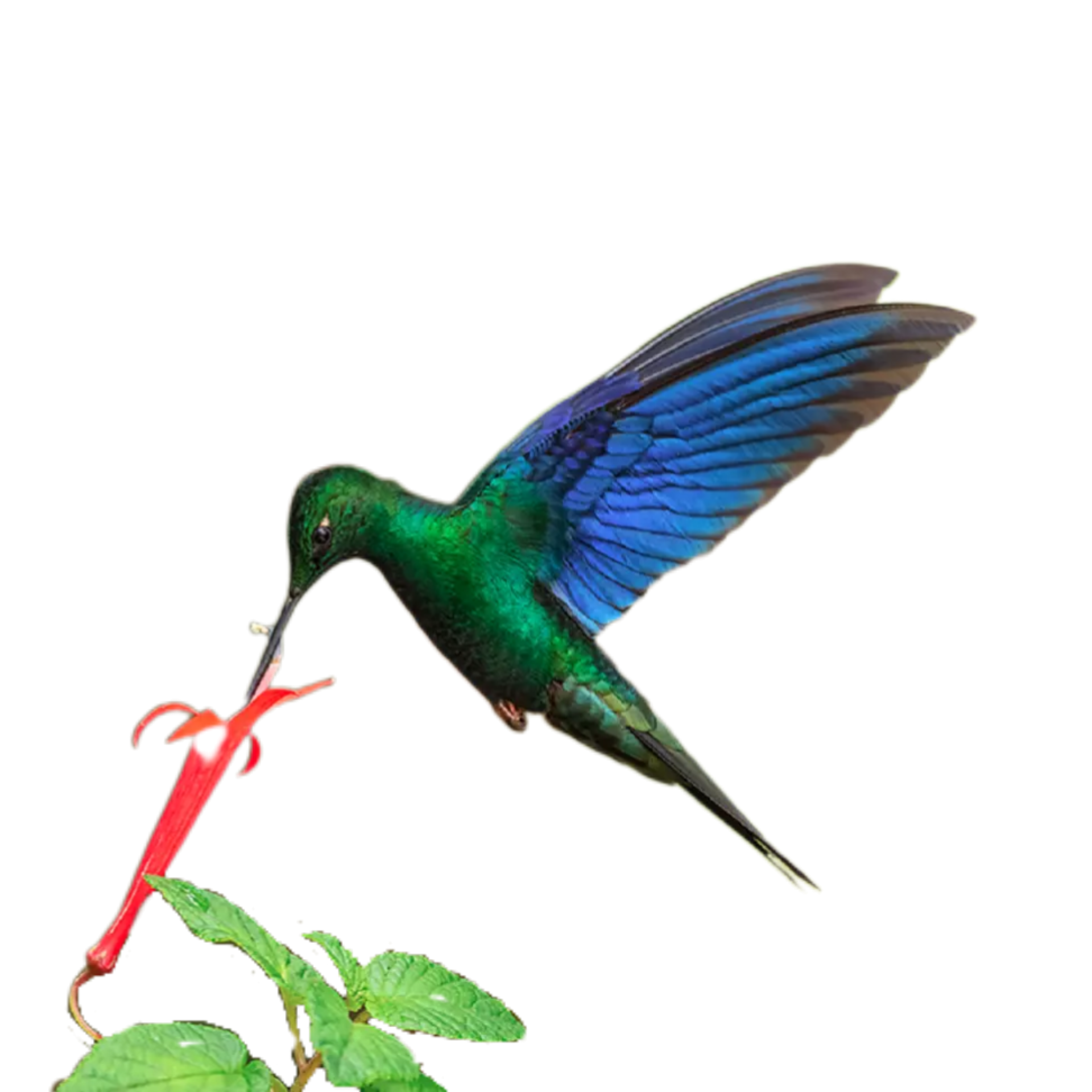
The presence of lichens will indicate good air quality, provided by trees that consume carbon dioxide and release positive oxygen while filtering out other pollutants such as nitrogen oxides and sulphur. The trunks, still young, will become more robust and the epiphytic bromeliads, orchids, cacti, imbés and ferns will appear!
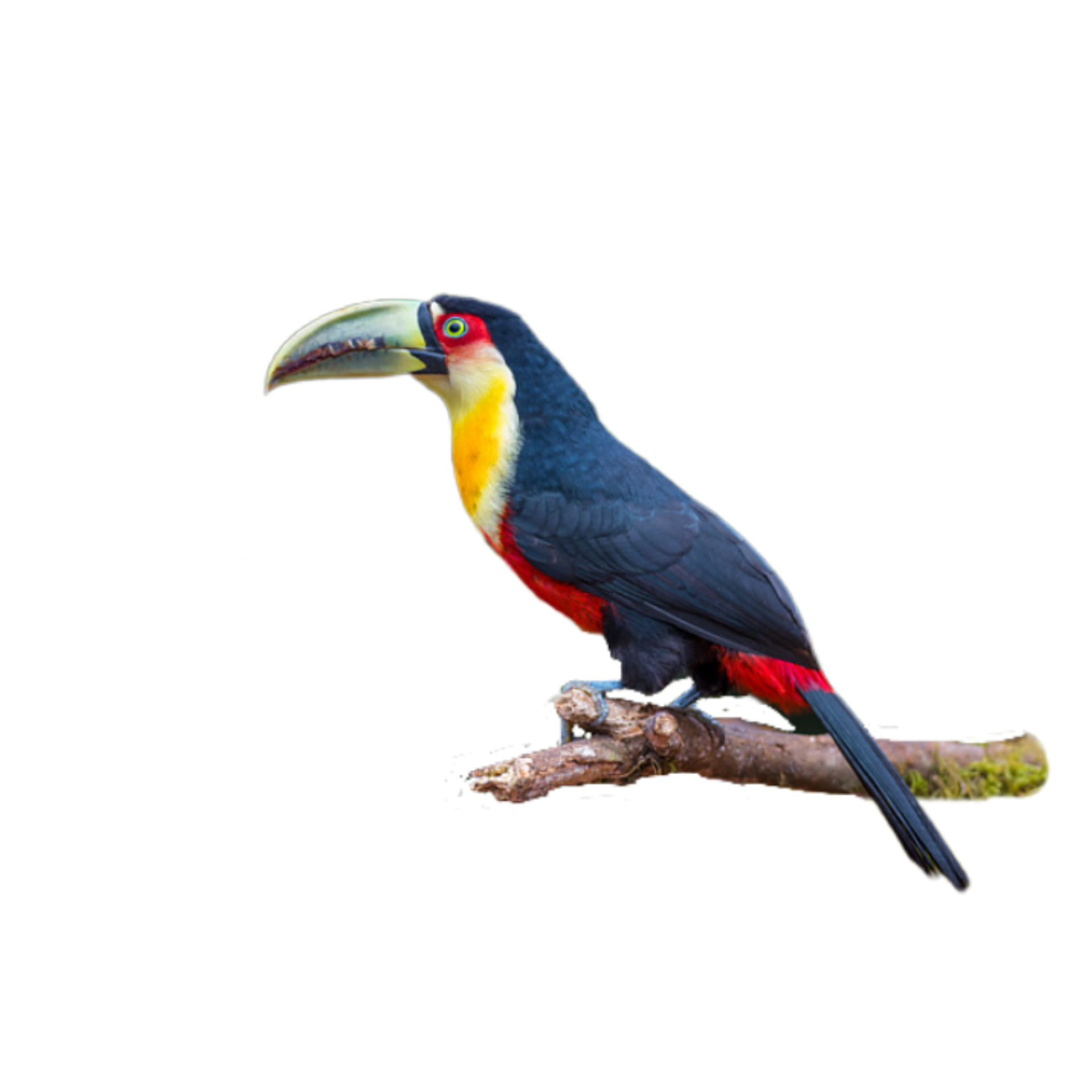
The litter, the desired blanket of leaves, will increase and protect and fertilize the soil. The mosses, bryophytes and ancestors of all known plants, which have existed on Earth for more than 420 million years, will take care of the soil, conserve moisture and protect the river from silting up. On the banks of the Bixiga, the riparian plants will provide food for the reproduction of small fish called bagrinho-listrada, cambeva-do-tietê, mandi-pintado, coridora-bandada.
The water, oxygen, carbon, nitrogen, phosphorus and sulphur cycles will come into balance with the urban cycles, an advanced milestone in the regeneration of the riparian forest. A new era is about to begin! The tree physiognomy will become dominant, forming a closed canopy with a considerably uniform upper size, highlighting emergent species with broad upper canopies, wide-ranging trunks, inhabited by a diversity of species and an abundance of epiphytes and woody vines. Underneath the trees, the soil will be rich with abundant litter.
Each healthy adult tree will absorb 10 to 30 kilos of carbon monoxide per year and release hundreds of liters of water vapor into the atmosphere in a single day. Birds will take to the skies over São Paulo, leaving the Cantareira, with their landing and food guaranteed in the Bixiga River Park, to head for the forests and reservoirs in the far south of the city. The standing urban forest will play off extreme weather events. The children will play freely in nature, climb tree trunks and eat fruit from the trees. The elders will tell stories about when the river ran underground, the land was dry and hot and people had no shade to rest in.
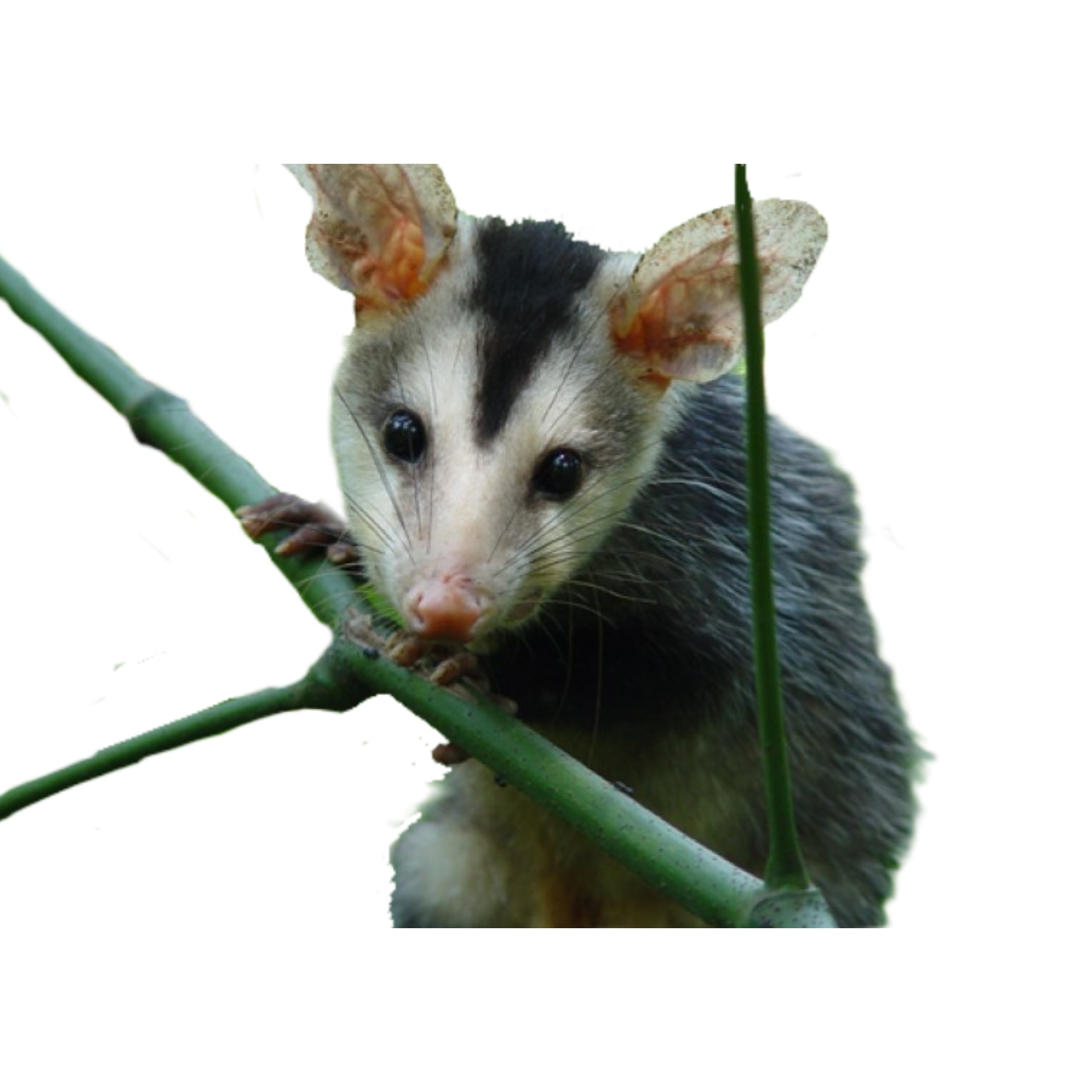
The non-human community will present its complex structure and vast diversity of species from all kingdoms, animalia, fungi, monera, plantae and the protist kingdom.

Sagui, saruê, morcego, caxinguelê, canjarana, canafístula, juçara, caiubi, açoita-cavalo, embaúba, tapiá, angico-branco, guamirim-da-fhaina, ingá-do-brejo, araçá, ipê-branco-do-brejo, sucupira-preta, juncus, peito-de-pombo, babosa-branca, cambucá, ingá-ferradura, açoita-cavalo, suiriri, bem-te-vi, homing pigeon, small house swallow, purple rock lily, corruíra, hawk-owl, quiri-quiri, white-winged, avoante, scissor hummingbird, owl, jundiá, striped catbird, cambeva-do-tietê, mandi-pintado, taboa, coridora-bandada, parakeet, sparrow, aguapé, maracanã parakeet, tuim, alma-de-gato, urucum, red-billed beetle, blue-breasted hummingbird, green-barred woodpecker, pitangueira, yellow-headed woodpecker, clockwork ferreirinho, filipe, risadinha, bentevi-rajado, nei-nei, peitica, irrê, pitiguari, sabiá-laranjeira, sabiá-barranco, sabiá-poca, cambacica, trinca-de-ferro, saí-canário, sanhaçu-coqueiro, sanhaçu-cinzento, rabo-de-raposa, saíra-amarelo, mariquita, tucano, papiros-brasileiro, rã-goteira, rã-escavadeira, rã-de-cachoeira, pinheirinho d'água, orelha-de-onça, maranta, calateia, sapo-martelo, calango, CESALPINA!
